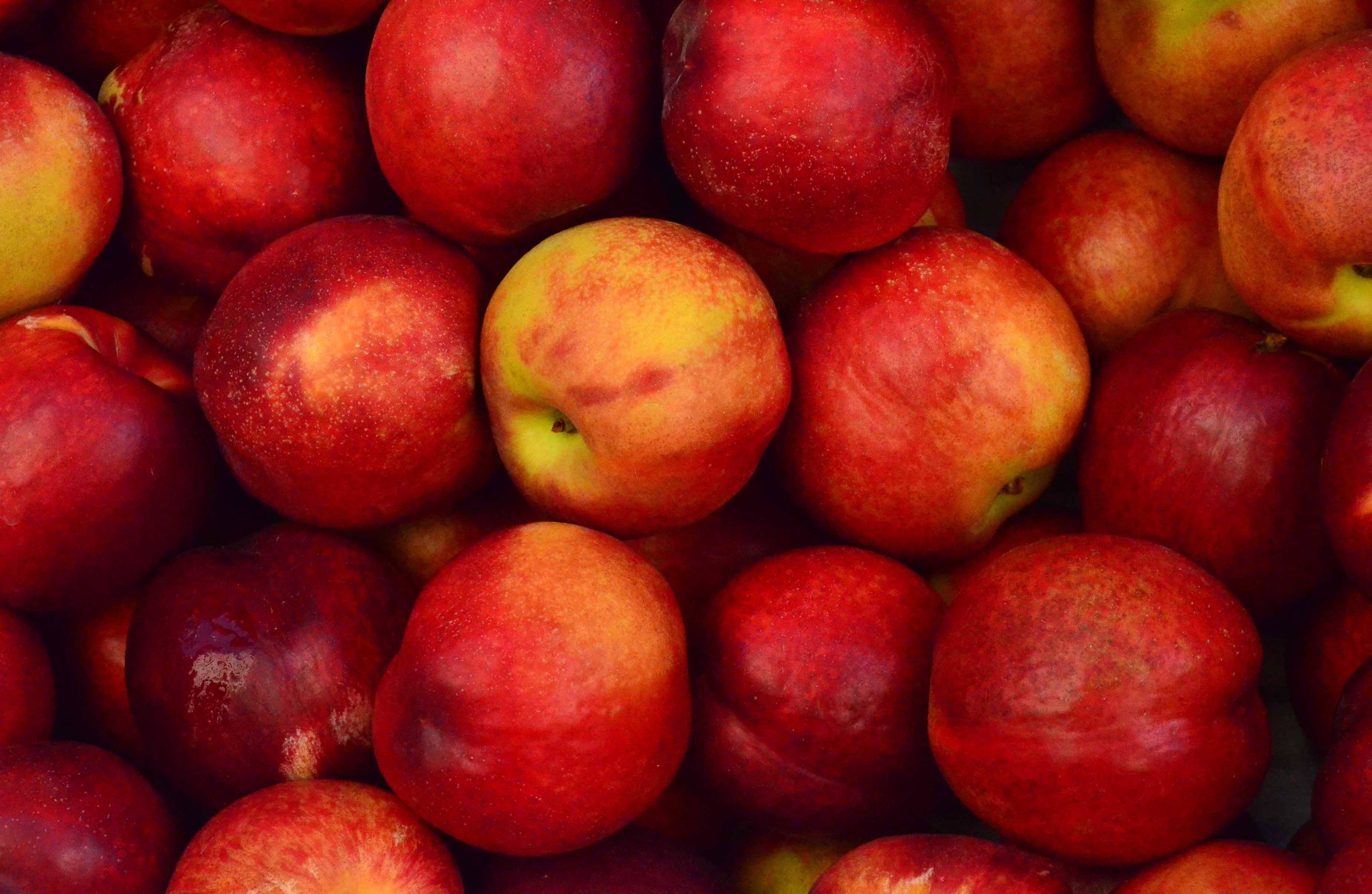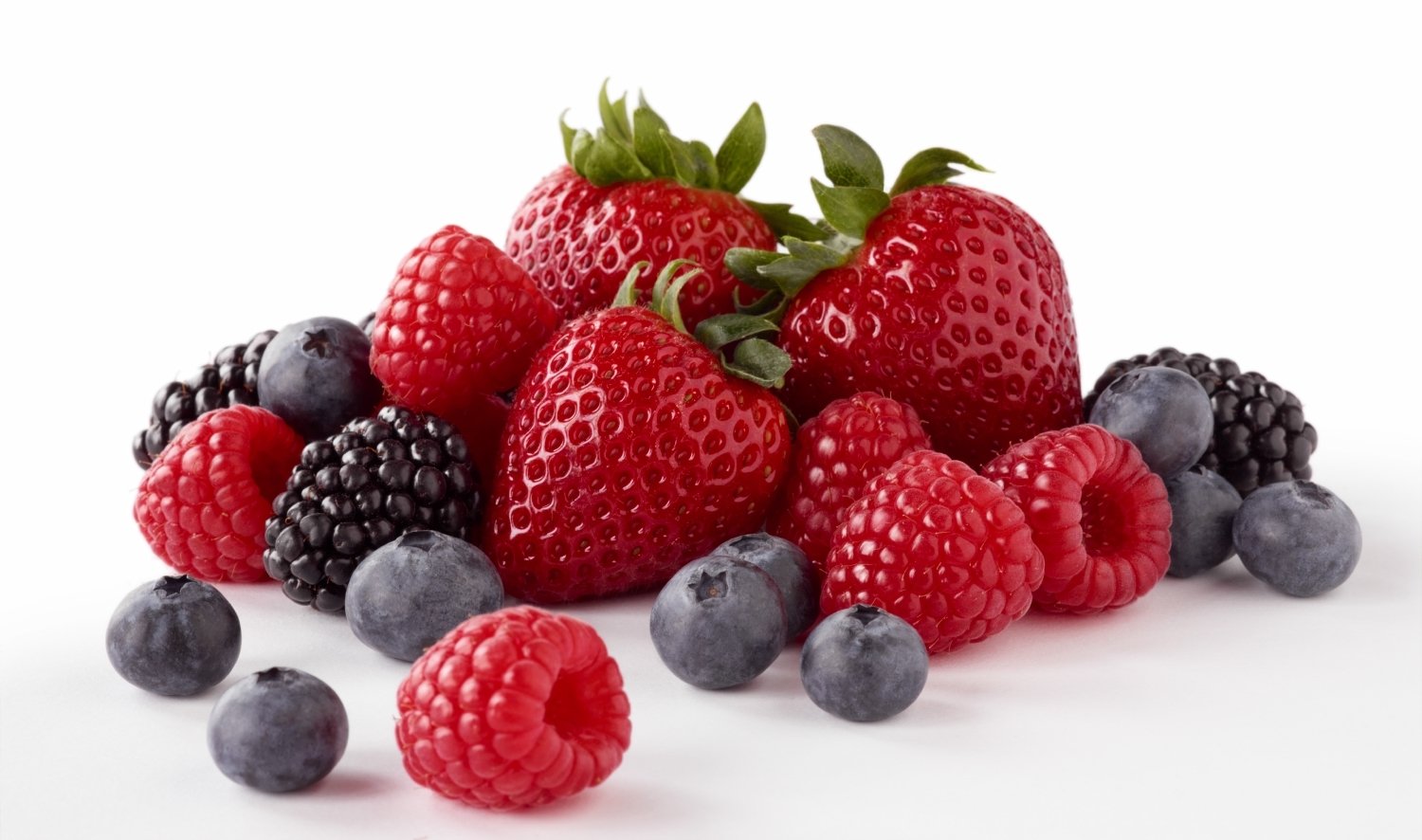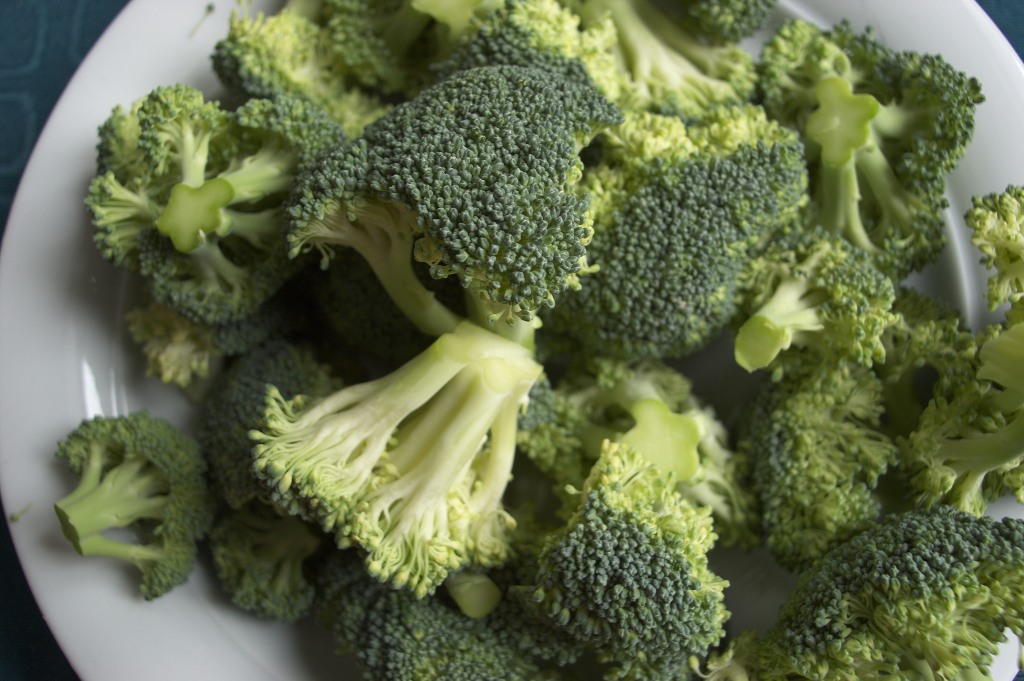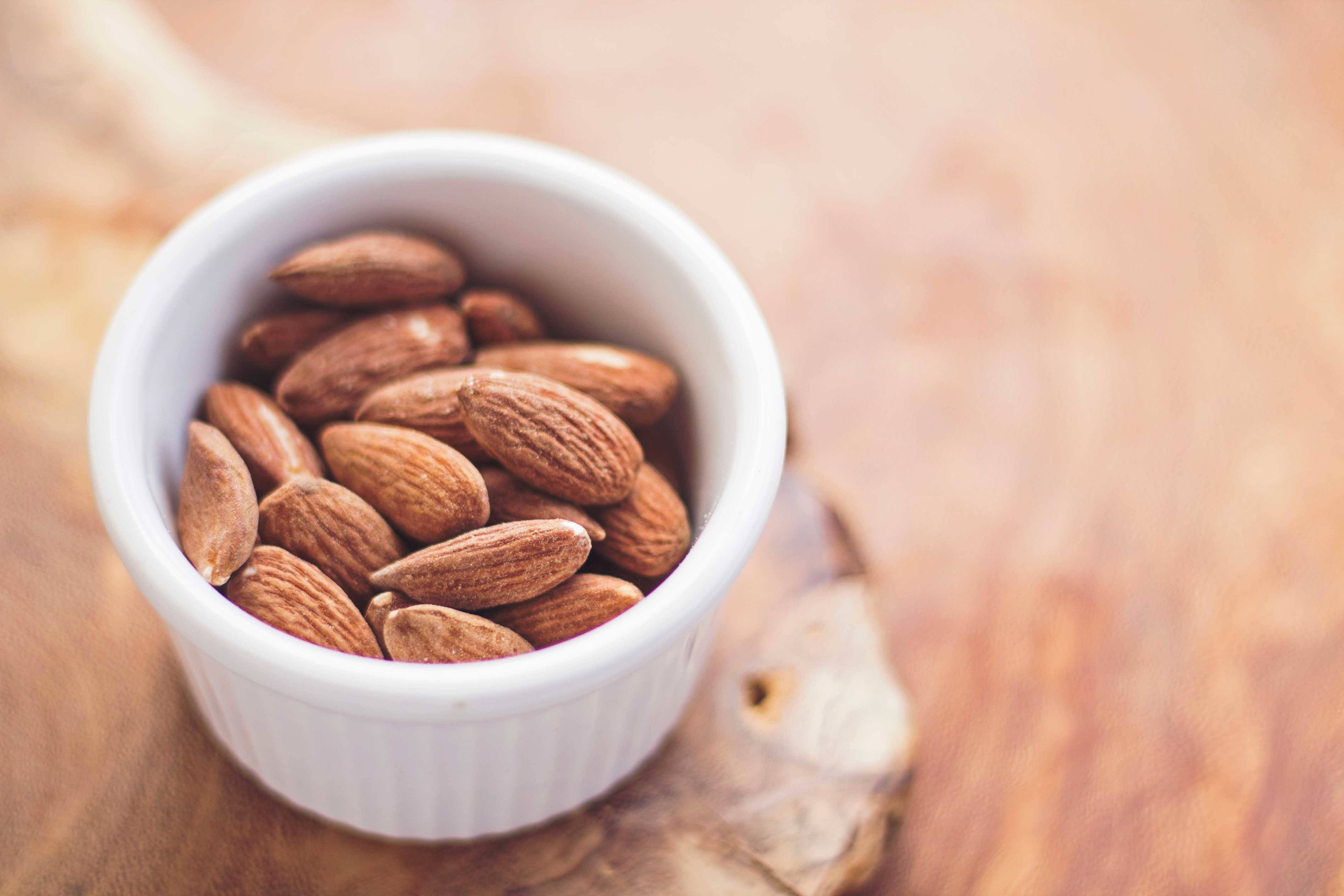It’s that uneasy feeling you have to deal with at one point or another. The struggle of having bouts of irregular bowel movement or loose stools can be stressful. However, common it happens to you or others, we have to admit that a band-aid solution seems right every moment. Have you been advised to take power drinks containing electrolytes to prevent dehydration, or maybe you immediately picked one of those ripe bananas on the table when the problem started to kick in? Well then, whether constipation or diarrhea is becoming ever-present or not, it’s time to check on your diet, seriously. In most cases, consciously improving on your fiber intake is key to a healthy digestive system. In fact, the American Dietetic Association advises that the daily diet of women between 19 to 50, should have 25 grams of fiber while men in this age bracket must consume 38 grams.
 An apple a day, keeps the doctor away, as repeatedly said. A medium-sized apple contains 4.4 grams of fiber too.
An apple a day, keeps the doctor away, as repeatedly said. A medium-sized apple contains 4.4 grams of fiber too.
 From 8 to 10 grams per 1 cup, you get antioxidants and the heartwarming bonus of fiber content. Usually, these are eaten raw, but for Boysenberries and Loganberries, frozen delight is advisable. Elderberries have 10 g of fiber while the most common ones like strawberries have 3 g per cup. You can also munch on raspberries, blackberries, gooseberries and currants.
From 8 to 10 grams per 1 cup, you get antioxidants and the heartwarming bonus of fiber content. Usually, these are eaten raw, but for Boysenberries and Loganberries, frozen delight is advisable. Elderberries have 10 g of fiber while the most common ones like strawberries have 3 g per cup. You can also munch on raspberries, blackberries, gooseberries and currants.
 No matter how small, this fruit is packed with vitamins and minerals as well as protein. Whether you decide to make a salad with them or mix with your mother’s meal recipes, you are sure to get not below 9 grams, up to 19 g of fiber per cup! Mung beans, garbanzo, yellow and black beans are just some of the best choices. However, you should alternate with other fiber sources once you experience a certain discomfort.
No matter how small, this fruit is packed with vitamins and minerals as well as protein. Whether you decide to make a salad with them or mix with your mother’s meal recipes, you are sure to get not below 9 grams, up to 19 g of fiber per cup! Mung beans, garbanzo, yellow and black beans are just some of the best choices. However, you should alternate with other fiber sources once you experience a certain discomfort.
 While most of the seeds have to be processed to make it naturally edible, there are recognized whole grain foods that retain the fiber or nutrients in the grain. A cup of brown rice when cooked yields 4 g of fiber, while quinoa has 5 g. Going to the movies? Having popcorn is still exciting, especially that 3 cups of them give you 4 g of fiber.
While most of the seeds have to be processed to make it naturally edible, there are recognized whole grain foods that retain the fiber or nutrients in the grain. A cup of brown rice when cooked yields 4 g of fiber, while quinoa has 5 g. Going to the movies? Having popcorn is still exciting, especially that 3 cups of them give you 4 g of fiber.
 A cup of spinach, beet greens, turnip, mustard you can sauté or mix in salads, no problem. It will give you the 4-5-gram fiber fix.
A cup of spinach, beet greens, turnip, mustard you can sauté or mix in salads, no problem. It will give you the 4-5-gram fiber fix.
 Canned or juiced contains lesser fiber that is why serving it just as the round, raw orange should be maximized. A medium-sized orange gives 3 grams of fiber.
Canned or juiced contains lesser fiber that is why serving it just as the round, raw orange should be maximized. A medium-sized orange gives 3 grams of fiber.
 Relatively the same amount of fiber as oranges and apples, comprising 12 percent of your average fiber needs a day.
Relatively the same amount of fiber as oranges and apples, comprising 12 percent of your average fiber needs a day.
 Cauliflower, broccoli, cabbages, and kale to name a few, has about 5 to 6 grams of fiber per cup.
Cauliflower, broccoli, cabbages, and kale to name a few, has about 5 to 6 grams of fiber per cup.
 Stew, baked or stir-fried, potatoes offer 3 to 4 grams of fiber. You can take the medium ones of russet, red or sweet.
Stew, baked or stir-fried, potatoes offer 3 to 4 grams of fiber. You can take the medium ones of russet, red or sweet.
 These are very rich sources of fiber with about 3-12 grams per ounce, plus healthy fats and phytochemical. Try almond, pistachio, peanut, cashew, flaxseed and sesame seeds.
These are very rich sources of fiber with about 3-12 grams per ounce, plus healthy fats and phytochemical. Try almond, pistachio, peanut, cashew, flaxseed and sesame seeds.
from Lifehack - Feed https://ift.tt/2Pck95W
via IFTTT
What Does Fiber Do to My Body?
Both soluble and insoluble fiber helps in normalizing our stools and prevents the gastrointestinal tract's movement from immobility. Unlike fats, carbohydrates, and proteins, fiber is not digested in our bodies. It remains whole while passing through our stomach, small intestine, and the colon. It is insoluble fiber that makes the stool bulky to go through usually, to prevent constipation, while soluble fiber absorbs the excess water to prevent diarrhea or loose stools. But that’s not all there is in fiber. It can lower the levels of cholesterol, aids diabetes patients from blood sugar spikes, and keeps you feeling full for a longer time with relatively lower calories.Top 10 Foods Rich in Fiber
Let’s stick to all natural. Ultimately, this would make your bowel movement issues go down the flush. Here are the high-fiber foods that make you poop:1. Apples
 An apple a day, keeps the doctor away, as repeatedly said. A medium-sized apple contains 4.4 grams of fiber too.
An apple a day, keeps the doctor away, as repeatedly said. A medium-sized apple contains 4.4 grams of fiber too.
2. Berries
 From 8 to 10 grams per 1 cup, you get antioxidants and the heartwarming bonus of fiber content. Usually, these are eaten raw, but for Boysenberries and Loganberries, frozen delight is advisable. Elderberries have 10 g of fiber while the most common ones like strawberries have 3 g per cup. You can also munch on raspberries, blackberries, gooseberries and currants.
From 8 to 10 grams per 1 cup, you get antioxidants and the heartwarming bonus of fiber content. Usually, these are eaten raw, but for Boysenberries and Loganberries, frozen delight is advisable. Elderberries have 10 g of fiber while the most common ones like strawberries have 3 g per cup. You can also munch on raspberries, blackberries, gooseberries and currants.
3. Beans
 No matter how small, this fruit is packed with vitamins and minerals as well as protein. Whether you decide to make a salad with them or mix with your mother’s meal recipes, you are sure to get not below 9 grams, up to 19 g of fiber per cup! Mung beans, garbanzo, yellow and black beans are just some of the best choices. However, you should alternate with other fiber sources once you experience a certain discomfort.
No matter how small, this fruit is packed with vitamins and minerals as well as protein. Whether you decide to make a salad with them or mix with your mother’s meal recipes, you are sure to get not below 9 grams, up to 19 g of fiber per cup! Mung beans, garbanzo, yellow and black beans are just some of the best choices. However, you should alternate with other fiber sources once you experience a certain discomfort.
4. Whole grains
 While most of the seeds have to be processed to make it naturally edible, there are recognized whole grain foods that retain the fiber or nutrients in the grain. A cup of brown rice when cooked yields 4 g of fiber, while quinoa has 5 g. Going to the movies? Having popcorn is still exciting, especially that 3 cups of them give you 4 g of fiber.
While most of the seeds have to be processed to make it naturally edible, there are recognized whole grain foods that retain the fiber or nutrients in the grain. A cup of brown rice when cooked yields 4 g of fiber, while quinoa has 5 g. Going to the movies? Having popcorn is still exciting, especially that 3 cups of them give you 4 g of fiber.
5. Leafy and green vegetables
 A cup of spinach, beet greens, turnip, mustard you can sauté or mix in salads, no problem. It will give you the 4-5-gram fiber fix.
A cup of spinach, beet greens, turnip, mustard you can sauté or mix in salads, no problem. It will give you the 4-5-gram fiber fix.
6. Oranges
 Canned or juiced contains lesser fiber that is why serving it just as the round, raw orange should be maximized. A medium-sized orange gives 3 grams of fiber.
Canned or juiced contains lesser fiber that is why serving it just as the round, raw orange should be maximized. A medium-sized orange gives 3 grams of fiber.
7. Ripe Banana
 Relatively the same amount of fiber as oranges and apples, comprising 12 percent of your average fiber needs a day.
Relatively the same amount of fiber as oranges and apples, comprising 12 percent of your average fiber needs a day.
8. Brassica veggies
 Cauliflower, broccoli, cabbages, and kale to name a few, has about 5 to 6 grams of fiber per cup.
Cauliflower, broccoli, cabbages, and kale to name a few, has about 5 to 6 grams of fiber per cup.
9. Potatoes
 Stew, baked or stir-fried, potatoes offer 3 to 4 grams of fiber. You can take the medium ones of russet, red or sweet.
Stew, baked or stir-fried, potatoes offer 3 to 4 grams of fiber. You can take the medium ones of russet, red or sweet.
10. Nuts and seeds
 These are very rich sources of fiber with about 3-12 grams per ounce, plus healthy fats and phytochemical. Try almond, pistachio, peanut, cashew, flaxseed and sesame seeds.
These are very rich sources of fiber with about 3-12 grams per ounce, plus healthy fats and phytochemical. Try almond, pistachio, peanut, cashew, flaxseed and sesame seeds.
Develop a Fiber-rich Lifestyle to Maintain a Good Health
The list goes on since Mother Nature blessed us with a lot of choices to choose from. Incorporating whole foods into our diet is still better than relying on fiber supplements. As usual, be wary of overconsumption of any sources since you will still be prone to intestinal gas problems if you eat too much of each. Thus, reverting to the not-so-pleasant encounters in the toilet. Being well informed on your fiber needs and limits should also be coupled with correcting your wrong practices such as resisting to go to the toilet when needed, eating large amounts of dairies and not enough exercise.from Lifehack - Feed https://ift.tt/2Pck95W
via IFTTT









Comentarios
Publicar un comentario